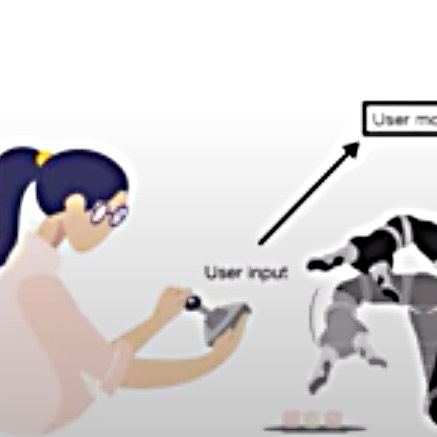An upper body mobility limitation can severely impact a person’s quality of life. Such limitations can prevent people from performing everyday tasks such as picking up a cup or opening a door. The U.S. Census Bureau has indicated that more than 8.2% of U.S. population, or 19.9 million Americans, suffer from upper body limitations. Assistive robots offer a way for people with severe mobility impairment to complete daily tasks. However, current assistive robots primarily operate through teleoperation, which requires significant cognitive and physical effort from the user. We exlore how these assistive robots can be improved with artificial intelligence to take an active role in helping their users. Drawing from our understanding of human verbal and nonverbal behaviors (like speech and eye gaze) during robot teleoperation, we study how intelligent robots can predict human intent during a task and assist toward task completion. We aim to develop technology to decrease operator fatigue and task duration when using assistive robots by employing human-sensitive shared autonomy.
